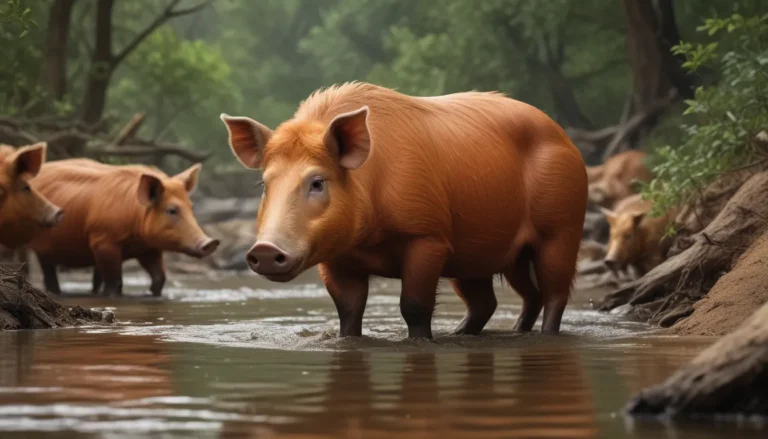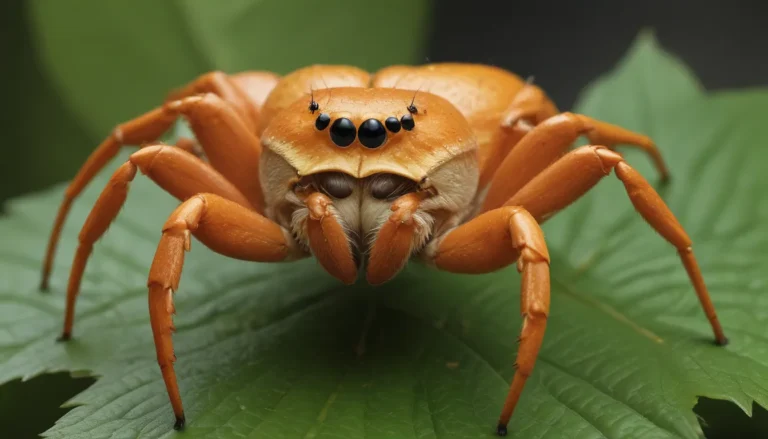The pictures we use in our articles might not show exactly what the words say. We choose these pictures to make you interested in reading more. The pictures work together with the words but don’t take their place. The words still tell you the important facts.
Penguins, with their charming appearance and unique behaviors, have captured the hearts and minds of people worldwide. These flightless birds, native to the Southern Hemisphere, especially Antarctica and its surrounding islands, have a plethora of intriguing facts that often go unnoticed. In this article, we will delve into 20 captivating facts about penguins, shedding light on their extraordinary adaptations, social dynamics, and survival strategies. Get ready to explore the fascinating world of these remarkable creatures!
Unveiling the Wonders of Penguins:
- Penguins, the flightless wonders of the avian world, showcase remarkable swimming abilities and a distinct waddle that sets them apart from other birds.
- With 17 different species ranging from the small Adelie penguin to the towering Emperor penguin, diversity thrives in the penguin community.
- Survival under the icy waters is no challenge for penguins, as they can stay submerged for up to 20 minutes, showcasing their impressive breath-holding capabilities.
- Equipped with a thick layer of blubber, penguins conquer the cold climates with ease, using this insulation to thrive in their oceanic habitats.
- Emperor penguins, the largest of the penguin species, stand tall at four feet and weigh up to 90 pounds, exuding regal elegance in their Antarctic realm.
The Marvels of Penguin Adaptations:
- Penguin feathers bear unique patterns, serving as identification markers within their colonies and aiding in communication.
- Social bonds run deep in the penguin world, as these birds mate for life, forming lifelong partnerships that stand the test of time.
- Contrary to traditional flight, penguins utilize their flippers for swimming, showcasing their aquatic prowess in the ocean depths.
- In a fascinating display of energy conservation, penguins slide on their bellies, a behavior known as “tobogganing,” enabling swift movement on land.
- Vocalizations serve as the language of penguins, as each species boasts distinctive calls and sounds for colony communication and interaction.
A Glimpse into Penguin Behavior:
- A unique gland near their eyes enables penguins to filter saltwater from their bloodstream, allowing them to drink seawater without dehydration.
- Master hunters of the sea, penguins prey on fish, squid, and krill with precision, utilizing their streamlined bodies and sharp beaks for successful catches.
- The preen gland acts as a shield, producing oils that waterproof penguin feathers and provide insulation against the elements.
- Exceptional eyesight grants penguins the ability to navigate above and below water effectively, aiding in prey spotting and environmental awareness.
The Survival Strategies of Penguins:
- Periodic molting ensures penguin feather upkeep, as old feathers are shed annually to make way for new growth, maintaining waterproofing and insulation.
- In harsh cold conditions, penguins huddle together for warmth, forming tightly packed groups to conserve heat and shield each other from the elements.
- Their streamlined bodies aid in swift movement through the water, minimizing resistance and enhancing agility in hunting and evading predators.
- Natural camouflage is a penguin's defense mechanism, with black backs blending into the ocean depths and white bellies for stealth from predators below.
Exploring the Quirkiness of Penguins:
- Boundless energy and agility are showcased as penguins leap out of the water with impressive jumps, adding a touch of acrobatics to their daily activities.
- Highly social creatures, penguins form colonies where they interact, breed, and raise young, displaying intricate social behaviors and community dynamics.
FAQs on Penguins:
-
Where do penguins live?
Penguins call the Southern Hemisphere home, residing in Antarctica, sub-Antarctic islands, and coastal regions of South Africa, New Zealand, Australia, and South America. -
How do penguins stay warm in cold climates?
Blubber, waterproof feathers, and down feathers aid in heat insulation for penguins, ensuring their survival in freezing temperatures. -
Do penguins have predators?
Predators like leopard seals, killer whales, skuas, and sea lions pose threats to penguins, but their adaptations and group defense mechanisms help minimize risks. -
How do penguins find their mates?
Visual and vocal cues, along with elaborate courtship displays, facilitate mate selection among penguins, fostering long-term partnerships. -
How do penguins catch their food?
Penguins use their streamlined bodies and adept swimming skills to catch fish, squid, and krill, diving and pursuing prey with precision. -
Are all penguins black and white?
While most penguins sport black and white coloration, some species like the Gentoo penguin exhibit vibrant patches of orange or yellow on their beaks and feet. -
Can penguins fly?
No, penguins are flightless birds, possessing wings evolved into flippers for swimming and diving rather than flying. -
How long do penguins live?
Penguin lifespans vary by species, averaging between 15 to 20 years in the wild, with exceptional individuals living up to 30 years. -
Are penguins social animals?
Indeed, penguins are highly social beings, forming large colonies and engaging in communal behaviors like nesting, chick care, and vocal communication. -
How many species of penguins exist?
There are 18 recognized species of penguins, each showcasing unique adaptations and survival strategies in their respective habitats.
Delving Deeper into the Penguin World:
From acrobatic rockhopper penguins to endearing little blue penguins, each species brings forth its own tale of resilience and survival. Exploring the life cycles and behaviors of these remarkable birds unveils a world of fascination and admiration for the wonders of nature. So, as you embark on your penguin journey, embrace the marvels of these incredible creatures and their captivating lives.
Coda:
Penguins stand as ambassadors of conservation, embodying the beauty and diversity of our planet's animal kingdom. Their adorable nature and playful demeanor serve as an inspiration for environmental preservation and stewardship. By studying and safeguarding these incredible beings, we gain a deeper understanding of nature's intricate balance and our role in its protection. So, let the charm of penguins ignite a spark of awe and appreciation for the natural world that surrounds us.
Your Feedback Matters:
At the core of our content lies a dedication to authenticity and engagement, curated by a community of insightful contributors like yourself. Every fact shared undergoes meticulous review to ensure credibility and reliability, fostering a platform of learning and exploration. Trust in our commitment to quality as we journey together through the wonders of our world.
As you embark on your penguin exploration, remember the magic these birds bring to our lives and the valuable lessons they teach us about resilience, connection, and harmony with nature. Let the fascinating world of penguins inspire you to see the beauty in every creature and embrace the wonder of our shared planet.






